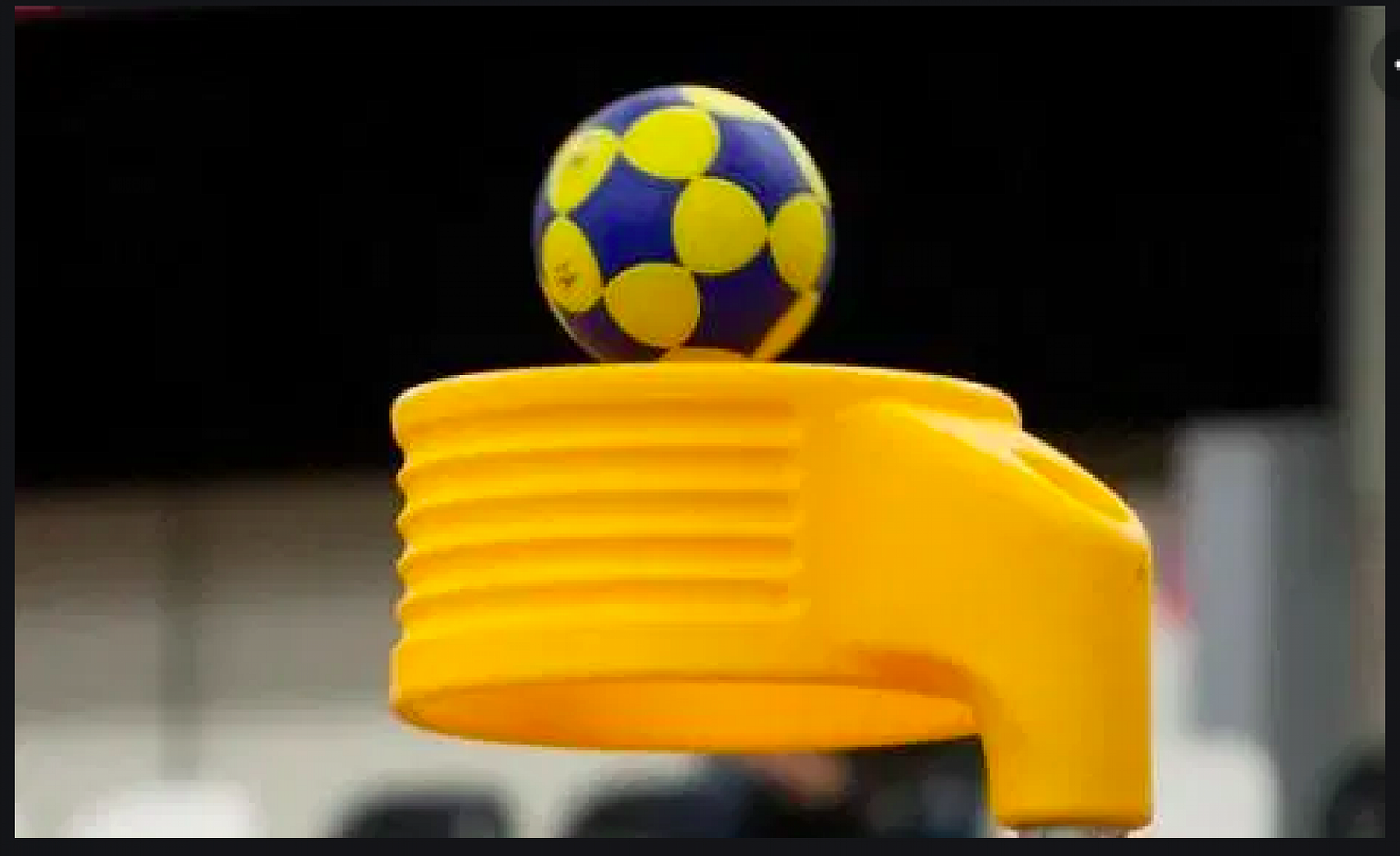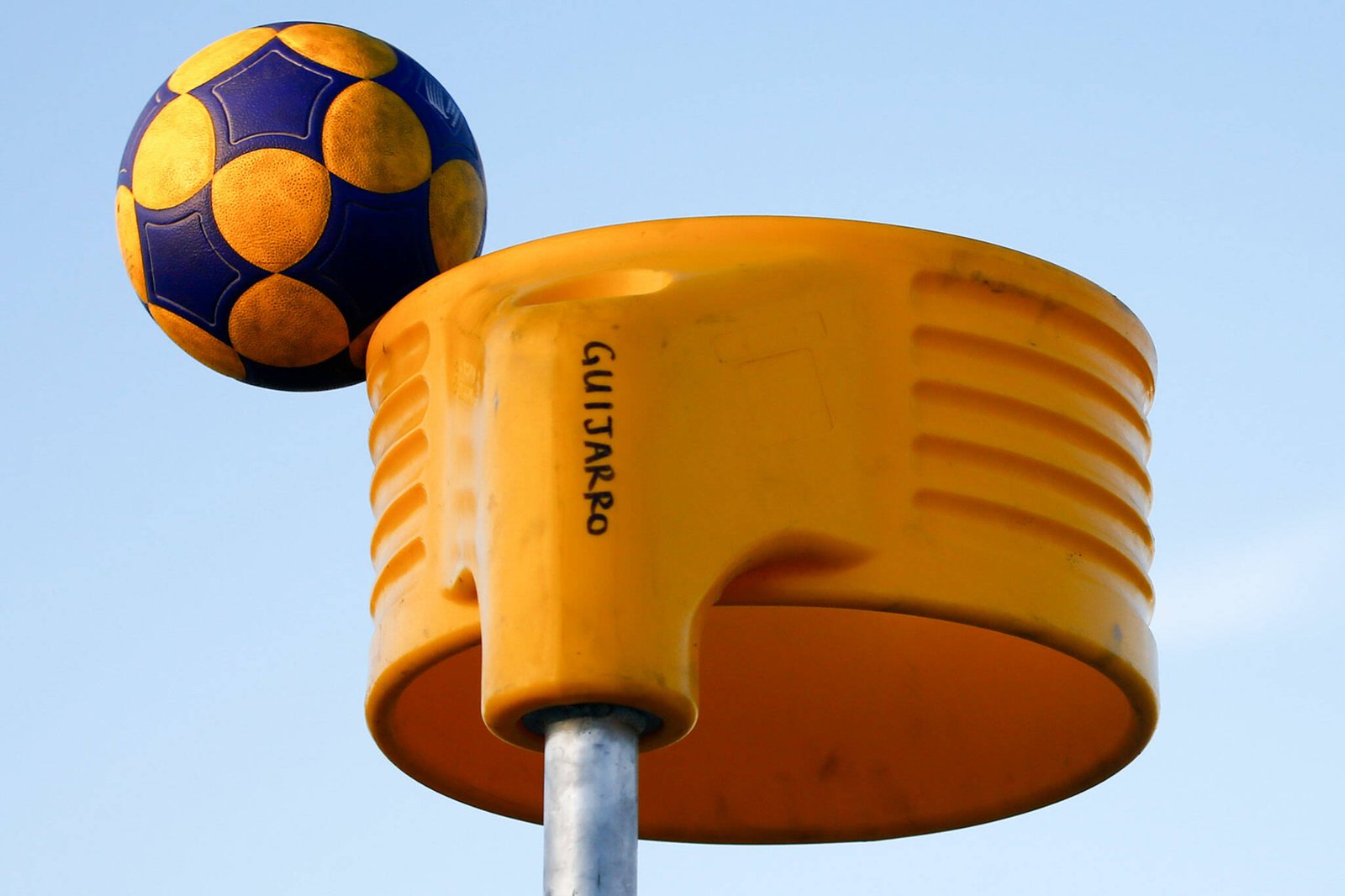Korfball is a dynamic, inclusive sport that’s gaining global traction thanks to its emphasis on mixed-gender play, strategy, and equality. Whether you’re brand new to the sport or looking for a refresher, this guide will take you through the basic rules of korfball so you can understand how to play with confidence.
What Is Korfball?
Korfball is a team sport played between two mixed-gender teams of eight players each — four male and four female. The aim is to throw a ball through a high mounted basket (called a korf) without a backboard. It’s played indoors or outdoors and combines elements of netball, basketball, and handball.
Unlike many other sports, korfball is specifically designed for gender equality, making it a unique and forward-thinking game.
Objective of the Game
The objective of korfball is simple: score more goals than the opposing team. A goal is scored when the ball is thrown through the opposing team’s korf from above. Each goal is worth one point.
Games are typically played in two halves of 25 minutes, with teams switching roles between attacking and defending zones every two goals.
Team Structure and Player Roles
Each team fields eight players:
- 4 male players
- 4 female players
The court is split into two halves — an attacking zone and a defending zone. Each zone contains two male and two female players from each team. After every two goals scored (by either team), players switch zones, and attackers become defenders.
This rotation ensures that every player takes part in both offensive and defensive gameplay.
Key Korfball Rules
To understand how to play korfball, it’s important to learn the most fundamental rules. These rules govern movement, scoring, and player conduct.
Non-Contact Rule
Korfball is a non-contact sport. Physical challenges, pushing, tackling, and blocking an opponent’s body are strictly prohibited. Players must rely on positioning, timing, and teamwork.
No Dribbling or Running With the Ball
Players cannot dribble or run with the ball. Once a player receives the ball, they must stop and pivot on one foot. Movement occurs through passing, requiring good communication and awareness.
Defended Shot Rule
A player cannot take a shot if they are being defended by a player of the same gender. A “defended” situation occurs when:
- The defender is between the attacker and the korf
- The defender is within arm’s length
- The defender is actively attempting to block the shot
- The defender is facing the attacker
This rule promotes tactical ball movement rather than relying on physical or individual dominance.
Mixed-Gender Marking
Players may only mark and defend opponents of the same gender. Male players mark males, and female players mark females. This ensures fairness and balance during play.
Rotational Zones
After every two goals scored in a game, players switch zones:
- Attackers become defenders
- Defenders become attackers
This rotation is a defining feature of korfball and ensures that players develop all-round skills.
Shot Clock (Advanced Levels)
In some competitions, especially at higher levels, a shot clock (often 25 or 45 seconds) is used to encourage continuous play. If a team doesn’t attempt a shot within this time, possession is turned over.
The Korfball Court and Equipment
Understanding the playing environment is essential. A korfball match takes place on a rectangular court:
- Dimensions: 40m x 20m (indoor standard)
- Zones: Divided into two equal halves
- Posts: Each korf (basket) is mounted 3.5m high on a post
- Ball: Similar in size to a football, designed for grip and precision
Outdoor versions of the game follow a similar structure, though court sizes may vary slightly.
Scoring in Korfball
Goals are scored by throwing the ball through the korf from above. Every goal is worth one point, regardless of where it is taken from on the court.
There is no three-point line or extra point opportunity. This keeps the game focused on smart passing and movement over long-range shooting.
Common Violations and Fouls
To ensure fair play, several infringements are penalised in korfball. These include:
- Physical contact (e.g. holding, pushing)
- Shooting while defended
- Running with the ball
- Incorrect marking (e.g. marking an opposite-gender player)
- Obstruction or blocking movement
Minor infractions result in a restart or free pass for the opposing team. More serious fouls may lead to penalties or disciplinary action.
Restarts, Free Passes, and Penalties
Korfball has unique methods for restarting play after an infringement:
- Restart: Awarded for minor fouls. The ball is put back in play from the location of the infringement.
- Free Pass: Given for more significant infractions. Taken from a marked spot 2.5m in front of the korf, with four defenders allowed to set up around the taker.
- Penalty: Awarded for goal-preventing infractions. Taken from a spot directly in front of the korf with only the shooter and a defender involved.
These scenarios add tactical depth and keep the game flowing.
How to Play Korfball as a Beginner
If you’re new to korfball, here’s how to get started:
- Understand the basic rules — as outlined above.
- Practice passing and shooting — essential skills for beginners.
- Work on spatial awareness — learning to find and create space.
- Join a club or training session — many local clubs offer beginner-friendly training.
- Play regularly — experience is key to understanding in-game tactics.
Why Learn Korfball Rules?
Whether you want to play recreationally or competitively, understanding korfball rules is essential for improving your skills, being a better teammate, and enjoying the game more fully.
The structure of korfball encourages equal participation, smart thinking, and fair play, making it an excellent choice for people of all backgrounds.
Final Thoughts
Korfball’s basic rules form the foundation of a game that’s fast-paced, inclusive, and intellectually stimulating. From its no-contact principles to its mixed-gender dynamics, korfball offers a refreshing take on team sports.
By learning how to play korfball and understanding the core rules, you’ll be well on your way to joining a supportive and strategic sporting community.



